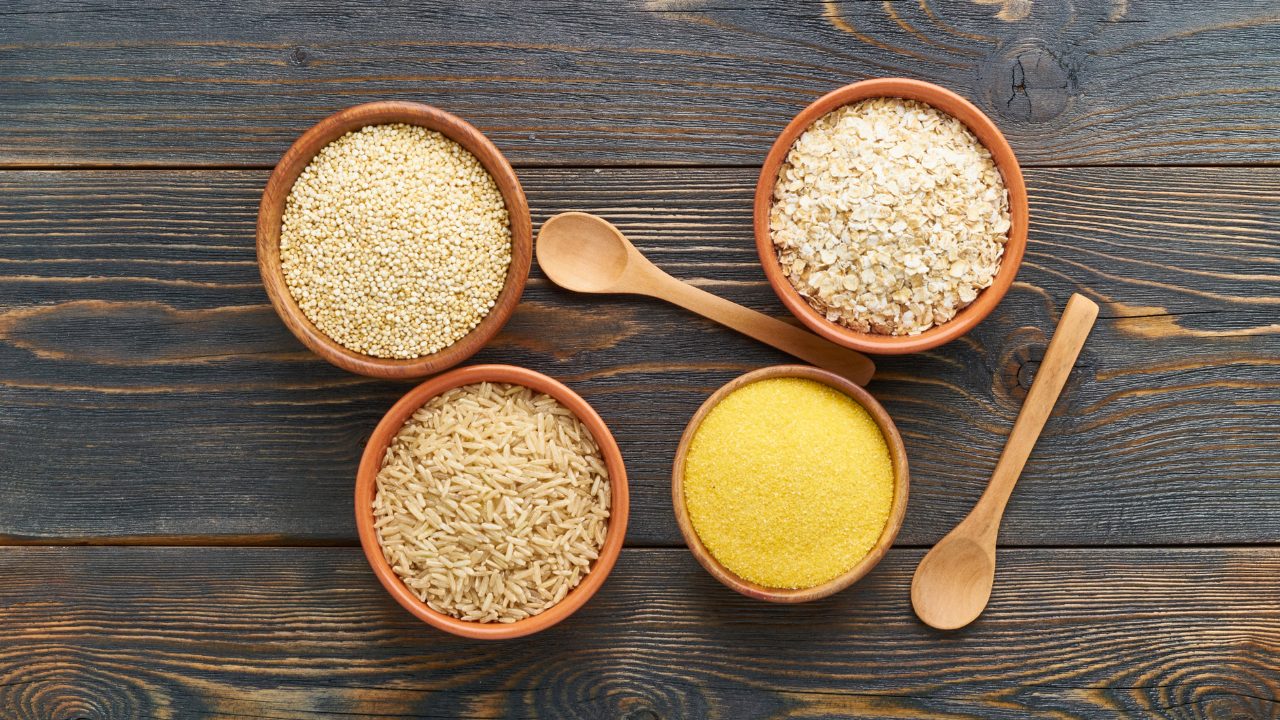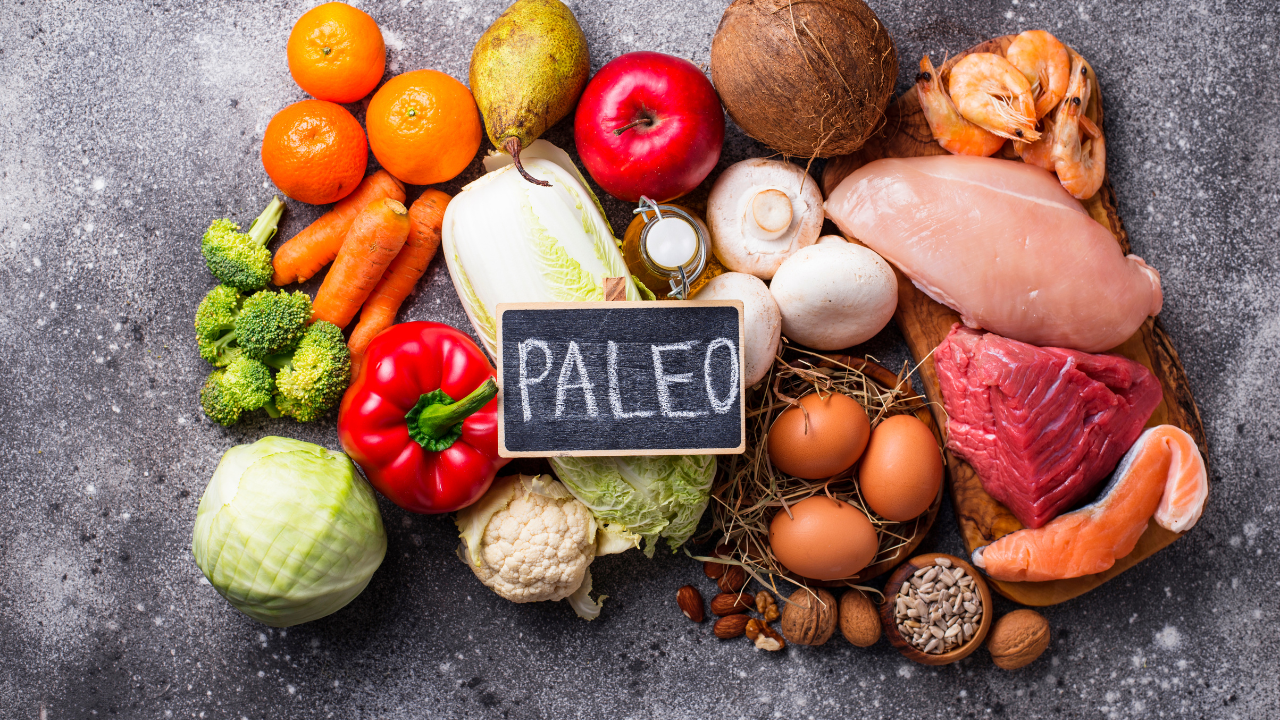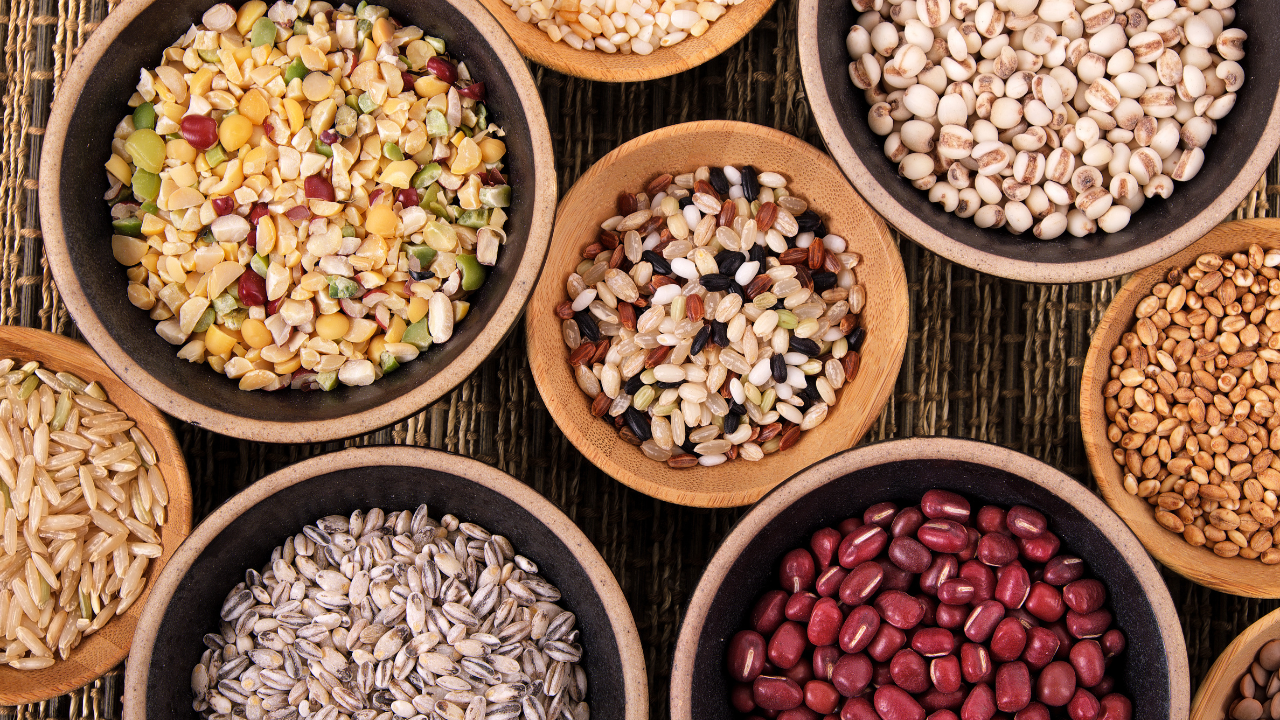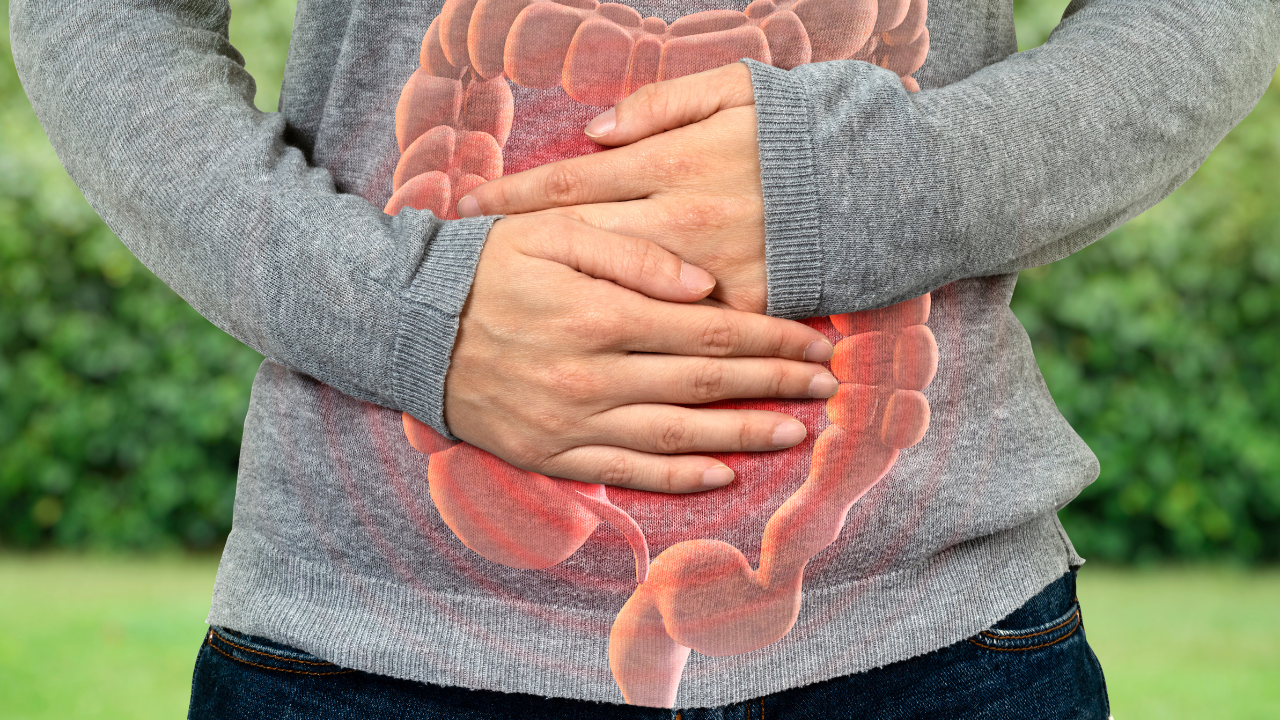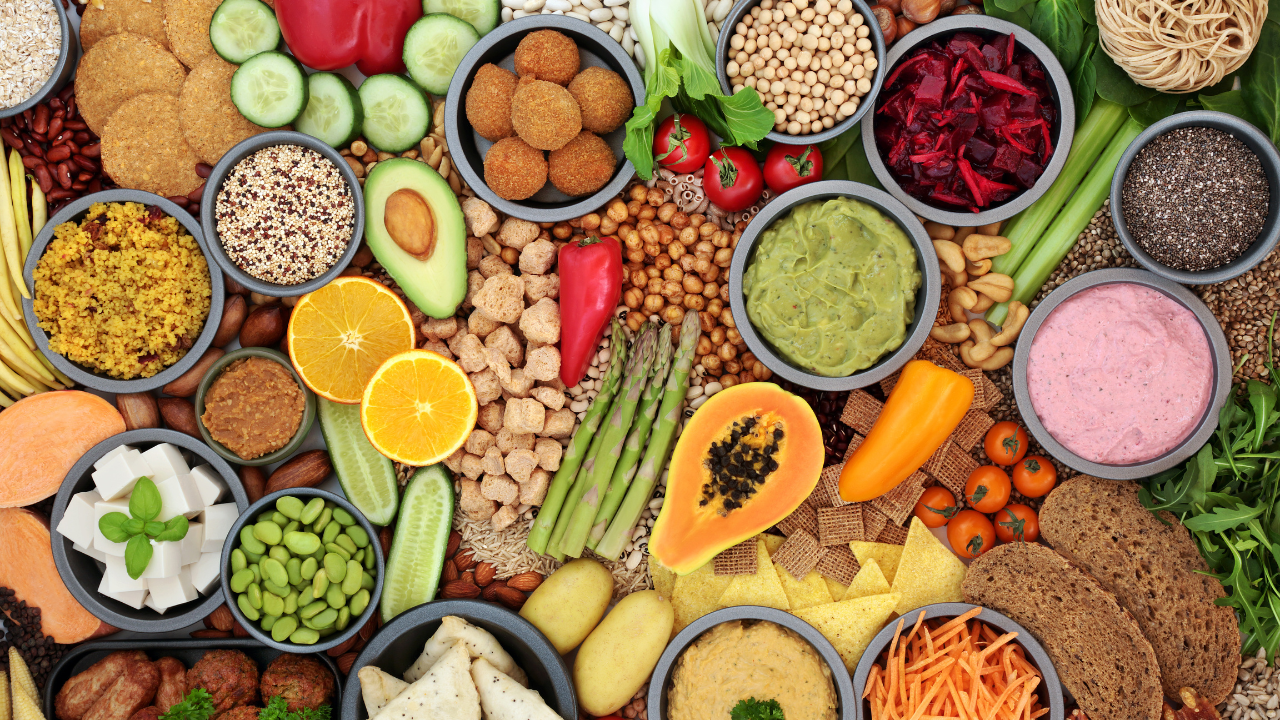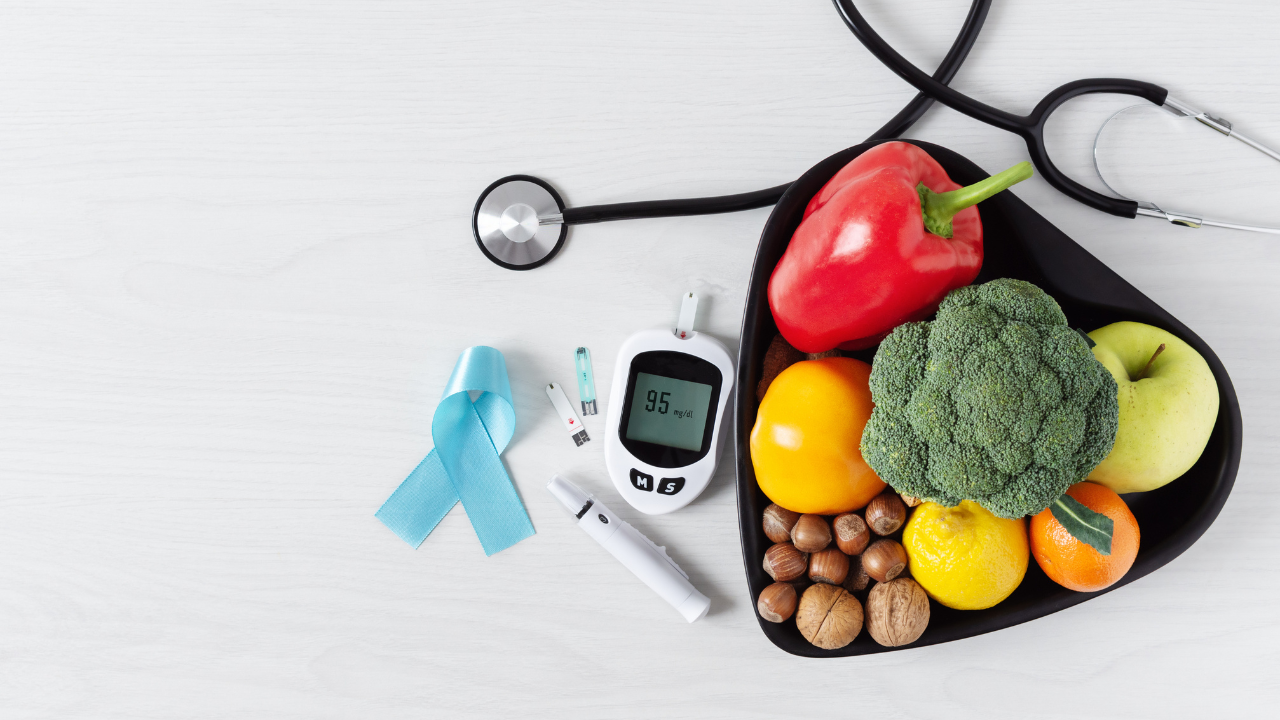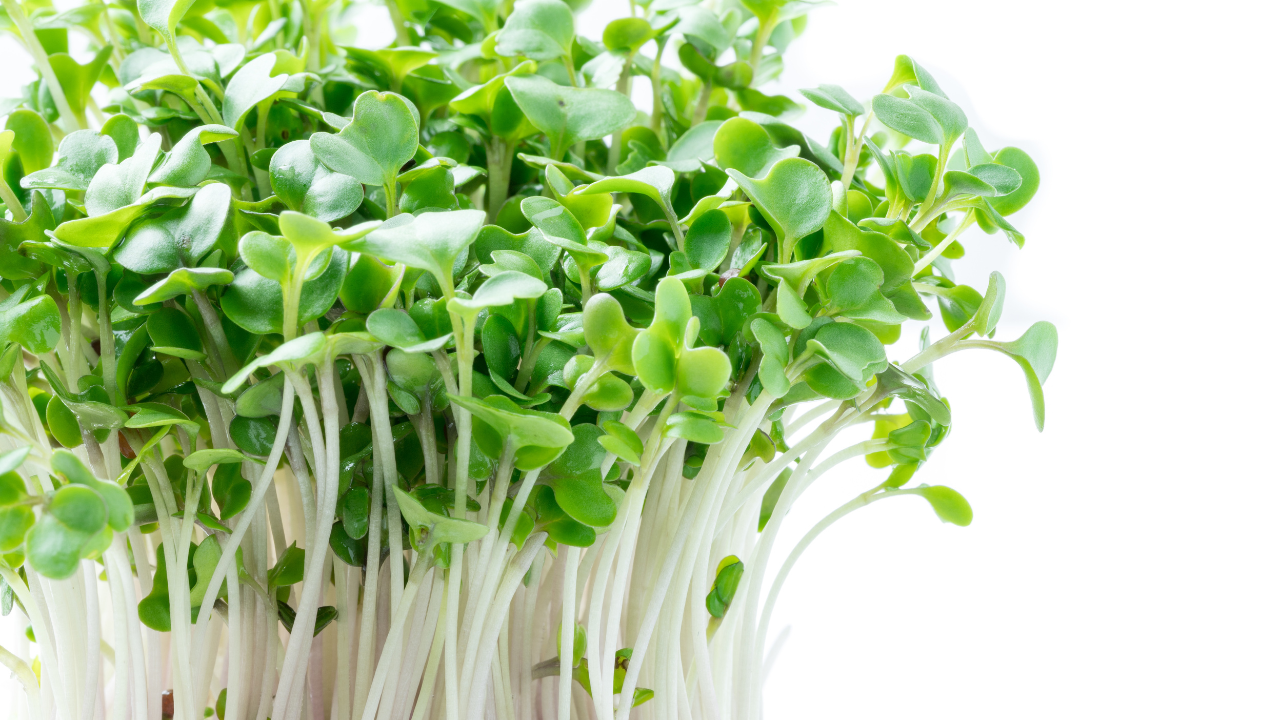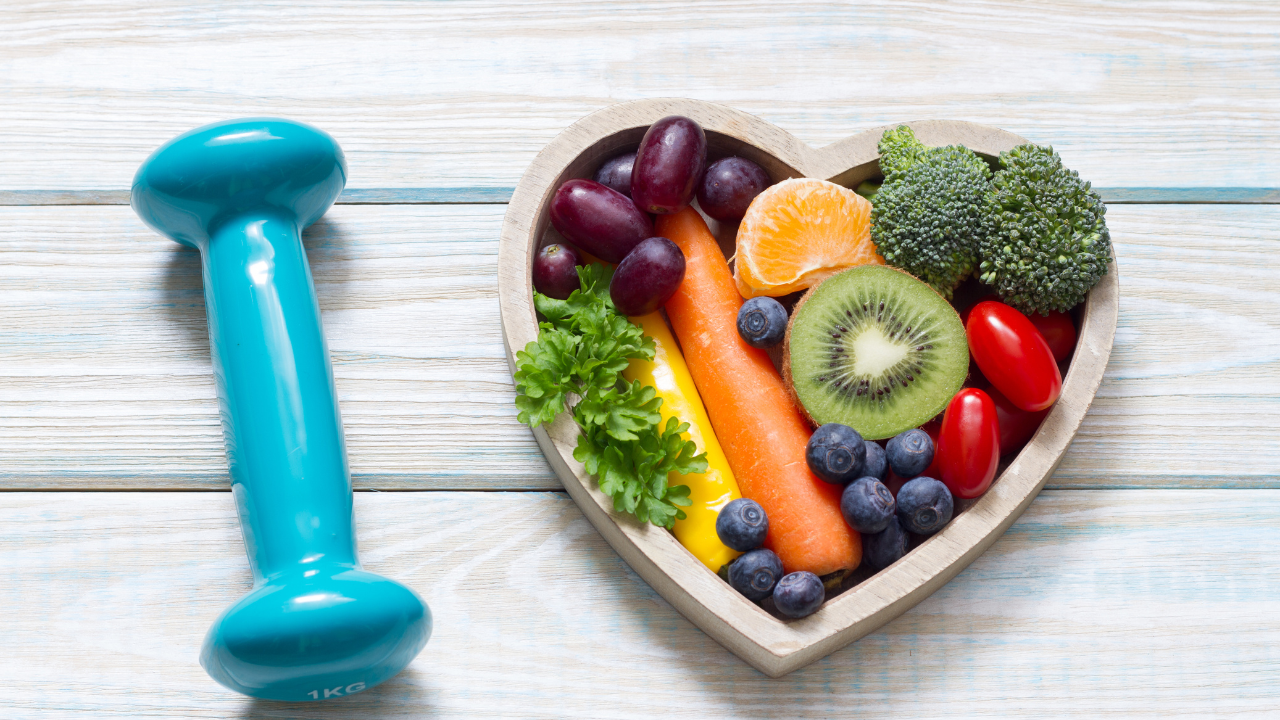Lectins Unveiled: Lectin Free Diets and How to Reduce Anti Nutrients
Let’s talk about lectins, and why you shouldn’t fear them! Popular diets like paleo and Whole30, as well as books like the Plant Paradox claim that dietary lectins cause increased gut permeability and drive autoimmune diseases like arthritis and diabetes. There are a few big name influencers online who propose a lectin free diet as the key to good health and staving off disease.
But is it true, and should you be eating a dedicated lectin-free diet too?
Let’s get into it.
What Are Lectins?
Lectins are a type of protein that binds carbohydrates that are ubiquitous in nature. They play a protective role in plants, acting as a defense mechanism against external pathogens such as fungi and other pests and may be useful in plant germination and seed survival (1).
Like phytic acid and goitrogens, lectins are considered ‘anti-nutrients’. They pass through the human GI tract undigested (2).
The Problem With Lectins
When we consume lectins in their active state, our gut is not able to break them down and so this can lead to negative effects. Lectins contain ‘phytohaemagglutinin’, a type of lectin that can cause red blood cells to clump together. They can also cause GI effects like nausea, vomiting, stomach upset, bloating, gas and diarrhea (3).
Based on some animal and human studies, lectins can interfere with absorption of certain nutrients such as zinc, calcium, iron and phosphorus. Further, lectins bind to intestinal cells and may disrupt the absorption of nutrients as well as proliferation of beneficial gut bacteria in our intestinal microbiome. As lectins can bind to cells for long periods of time, this can lead to an autoimmune reaction and thus in theory, lead to development of auto-immune conditions like rheumatoid arthritis and diabetes (4).
Where Are Lectins Found?
Approximately 30% of our diet contains lectins, which is a significant amount (5)! Lectins are found in a wide array of foods. They are primarily in plant-based sources (aka foods from plants), with varying levels of concentration across different species.
Food sources include:
Pulses: such as beans, lentils, soybeans, peanuts and peas contain notable amounts of lectins, concentrated mainly in their seeds and outer coatings.
Whole grains: like wheat, rice, and quinoa also contain lectins, primarily in their outer layers.
Certain vegetables and fruits: tomatoes, potatoes, bell peppers and eggplants contain lectins, often concentrated in their skins and seeds.
What Are Autoimmune Conditions?
Autoimmune diseases occur when the human body loses its natural tolerance mechanism and ability to differentiate between its own and foreign molecules (such as blood or tissue cells, etc). Our body begins to attack its own tissue through autoantibodies and cells called reactive T-lymphocytes. Typically auto-immune disease generally develop due to a combination of genetic and environmental factors like food antigens, chemical, pathogens, physical or mental stress (6)
So do lectins cause autoimmune disease? Or worsen symptoms in those that have it?
Will Eating Lectins Cause Auto-immune Disease & Impact Gut Health?
All this said, consuming lectins in their active state and in large quantities is very rare.
While it is absolutely true that large amounts of lectins can be dangerous to humans and have adverse outcomes, we would not normally consume these. Examples include raw pulses like peanuts, soy and beans. When was the last time you ate a raw dried bean? Or a soybean right off the plant? My guess is that you soaked it and cooked it first. Or you had them precooked in the form of tofu or soy milk, or fermented like tempeh.
So in short, we decrease the lectins in our everyday foods to low levels by soaking, cooking and/or fermentation.
How Can You Decrease Lectins in Your Food?
Lectins are found in higher amounts in foods we normally eat cooked, so it’s unlikely that we would consume them in large quantities. This includes dried beans, chickpeas and lentils. So ensuring you cook these foods well virtually gets rid of all lectins!
Some vegetables, nuts and seeds contain residual amounts of lectins, as well as cooked pulses and beans.
If you have a sensitive gut and wish to decrease the amount of lectins even further in your food to see if that helps with managing inflammation and an autoimmune condition, you can try these strategies to minimize lectin intake:
Reducing lectin content in food can be achieved through various cooking and preparation methods.
Here are some strategies to help minimize lectin intake:
Pressure Cooking: Cooking at high temperatures with pressure cooking, significantly reduces the lectin levels in foods. For example, properly cooking legumes like beans and lentils until they are soft and fully cooked with a pressure cooker can help break down and deactivate lectins even further. Be sure to also soak your beans first!
Soaking: Soaking legumes, grains, nuts, and seeds in water for at least 4-6 hours or overnight can help to reduce lectin content. Discard the soaking water before cooking or roasted, as it may contain the leached-out lectins.
Fermentation: Fermentation processes, such as in the case of sourdough bread or fermented soy products like tempeh and miso, can naturally break down lectins and enhance digestibility in these foods.
Peeling and Seed Removal: For vegetables and fruits that are higher in lectins, including tomatoes, bell peppers, and cucumbers, peeling and removing seeds can help reduce lectin intake.
Sprouting: Sprouting legumes, grains, and seeds can decrease lectin content and increase nutrient availability. The germination process appears to lower lectin levels as the plant prepares for growth (see guide on how to sprout foods below).
Diversification: Consuming a varied diet with a wide range of foods can help prevent overexposure to specific types of lectins.
Moderation: While lectin-containing foods have their nutritional benefits, consuming them in moderation rather than in excessive amounts can help manage potential lectin-related issues!
Note: You do not need to do ALL of these steps for a food. One of these steps can help to reduce lectin content, and you may choose a strategy based on the food source. For example: soaking nuts overnight may work best, whereas soaking and pressure cooking your beans would be ideal.
Quick Guide to Sprout Your Seeds & Pulses to Reduce Lectins
Sprouting legumes, grains, and seeds is a simple process that involves soaking and germinating these foods to increase their nutrient content and reduce anti-nutrients like lectins. Here's a general guide on how to sprout these foods:
Select Your Legumes, Grains, or Seeds: Choose the type of legume, grain, or seed you want to sprout. Common options include mung beans, lentils, alfalfa seeds, quinoa, and wheat berries.
Rinse and Sort: Rinse the legumes, grains, or seeds thoroughly under cool water to remove any dirt or debris. Remove any damaged or discolored pieces.
Soak: Place the rinsed legumes, grains, or seeds in a container and cover them with plenty of water. Use a ratio of about 1:3 (1 part legume/grain/seed to 3 parts water). Allow them to soak for the recommended time:
Small seeds (alfalfa, radish): 4-6 hours
Medium seeds (mung beans, lentils): 8-12 hours
Large seeds (chickpeas, wheat berries): 12-24 hours
Drain and Rinse: After soaking, drain the water and rinse the legumes, grains, or seeds thoroughly under cool water.
Sprouting: Transfer the soaked legumes, grains, or seeds to a sprouting container. This can be a glass jar with a mesh lid or a specialized sprouting tray. If using a jar, cover the jar with a piece of breathable cloth secured with a rubber band or the jar's metal ring.
Rinse and Drain: Over the next several days, rinse the legumes, grains, or seeds with cool water 2-3 times a day. Drain the excess water thoroughly after each rinse. This helps prevent mold growth and provides the sprouts with fresh oxygen.
Harvest: Once the sprouts have reached the desired length (usually 2-5 days), they are ready to be harvested. The sprouts should have small tails or shoots.
Storage: Store the sprouts in the refrigerator in a sealed container or plastic bag lined with a paper towel to absorb excess moisture. Use them within a few days for optimal freshness.
It's important to practice good hygiene during the sprouting process to prevent bacterial contamination. If you notice any foul odors, mold, or unusual discoloration, discard the sprouts!
Benefits of Foods With Lectins
Given the benefits of foods with lectins, avoiding them is not the answer!
In large population studies. Lectin-containing foods like legumes, whole grains and nuts are associated with lower rates of heart disease, obesity and type 2 diabetes (7). They are also often high in fiber, protein, B vitamins and minerals. These are nutrients that are essential for maintaining a healthy, diverse gut microbiome - so avoiding them is not the answer.
Learn more about the importance of plant diversity and your gut-microbiome: Gut Microbiome: What Is It and How Can We Better Support Our Gut Bugs?
While lectins can pose challenges to digestion and nutrient absorption in some individuals, it's important to note that cooking, soaking, and fermenting can help mitigate their effects, making these foods a valuable part of a balanced diet.
As lectin-containing foods offer many benefits, the goal is not to entirely eliminate them from your diet. Rather, focus on proper preparation methods that can make these foods more digestible while retaining their nutritional value. If you have specific dietary concerns or health conditions, be sure to consult your healthcare professional and a registered dietitian before making significant changes to your diet.
The Takeaway
In conclusion, the discourse around lectins can be complex, but it’s good to remember that balance really is key here. While some big name influencers propose a lectin-free diet, the current science tells us that demonizing lectins is unnecessary and can produce more harm than good by excluding important food groups.
If you have a sensitive gut and/or are trying to reduce symptoms of an autoimmune condition, you can use methods such as cooking, soaking, sprouting and fermenting your foods to further reduce lectin content and improve nutritional content. Remember that diet diversity and plant foods are key to a happy gut!
Summary:
Lectins are plant proteins that naturally bind carbohydrates and are found in various foods.
While some diets emphasize avoiding lectins due to potential health concerns, the science behind their impact is nuanced.
Lectins are considered "anti-nutrients" and can cause adverse effects in their active form, but consuming large quantities of raw lectin-rich foods is rare.
Proper cooking, soaking, sprouting, and fermenting methods can significantly reduce lectin levels, making nutrient-rich foods like legumes, grains, and vegetables more digestible and less likely to cause negative effects.

BE SURE TO FOLLOW ME HERE
References:
https://www.researchgate.net/publication/260006060_Health_effects_of_wheat_lectins_A_review
https://pubmed.ncbi.nlm.nih.gov/15302522/
https://www.sciencedirect.com/science/article/abs/pii/S0041010104001916
https://www.ncbi.nlm.nih.gov/pmc/articles/PMC1115436/
https://pubmed.ncbi.nlm.nih.gov/25599185/
https://www.hindawi.com/journals/jir/2020/1438957/
https://www.ncbi.nlm.nih.gov/pmc/articles/PMC3662288/

